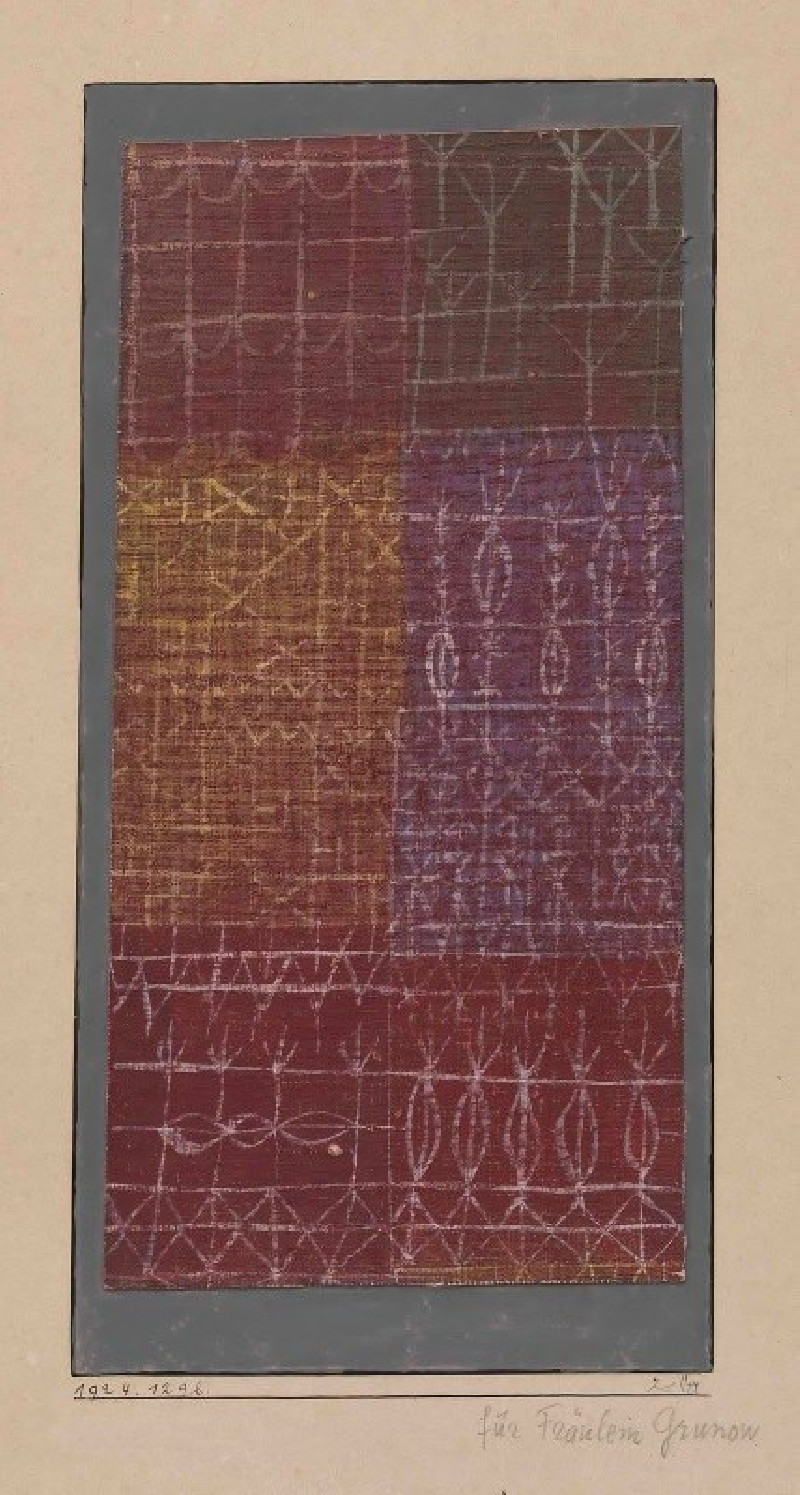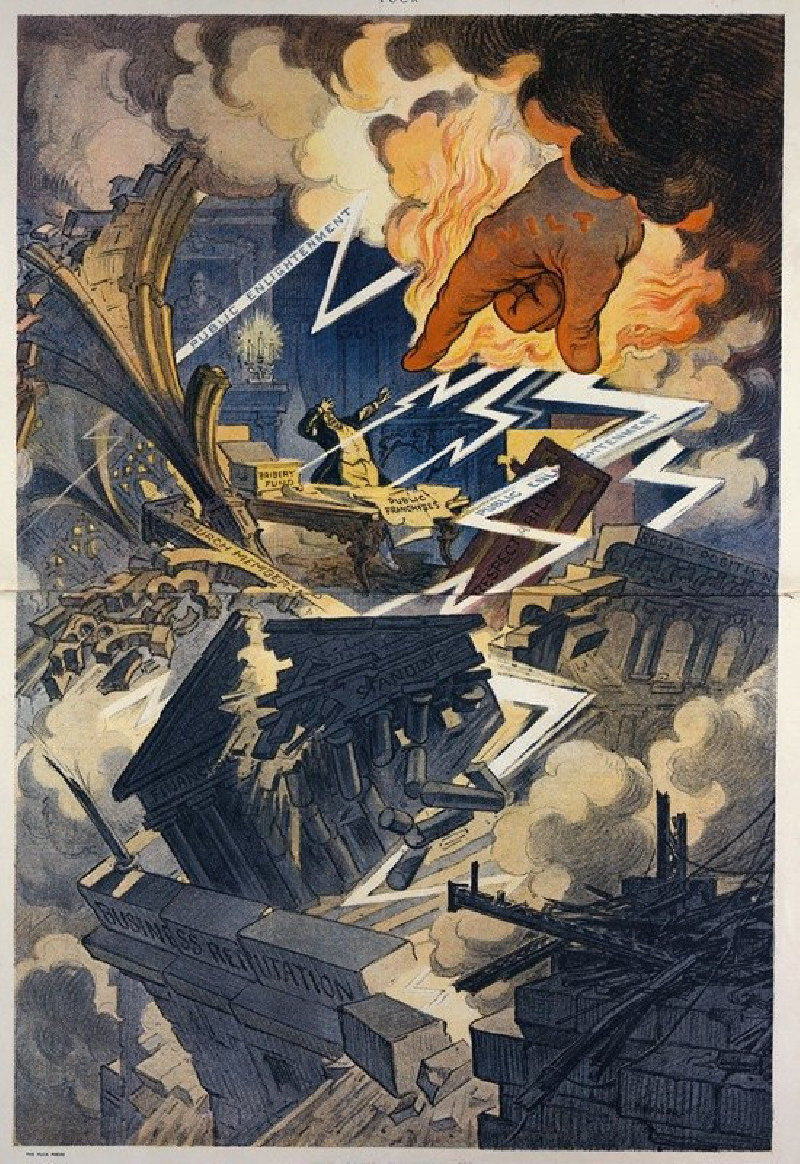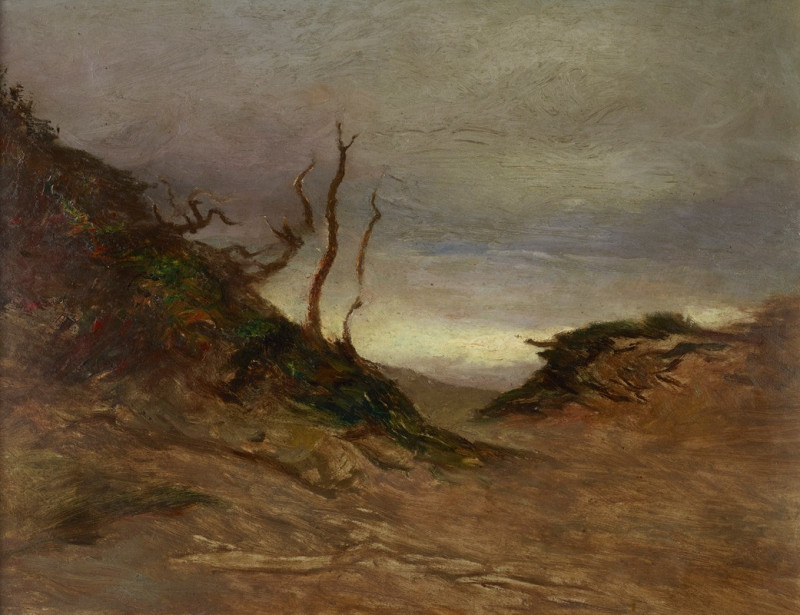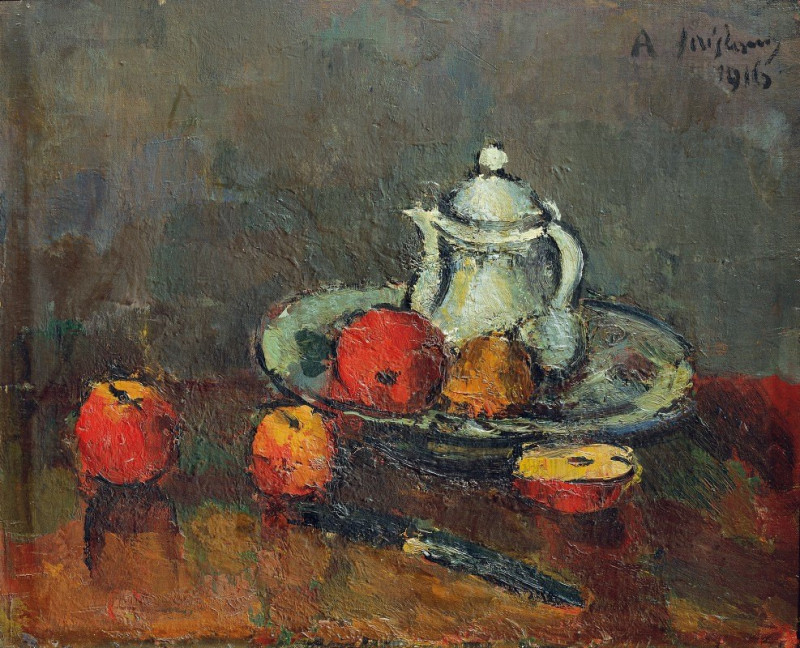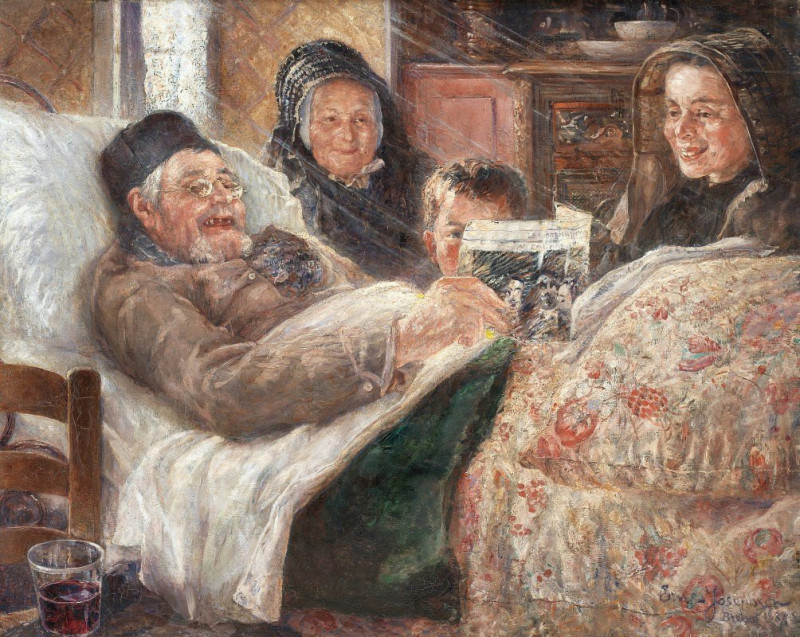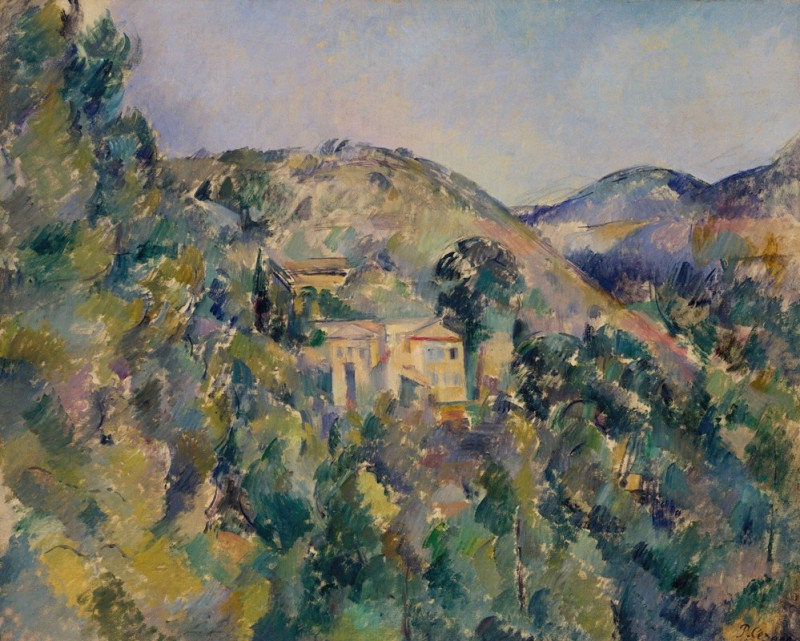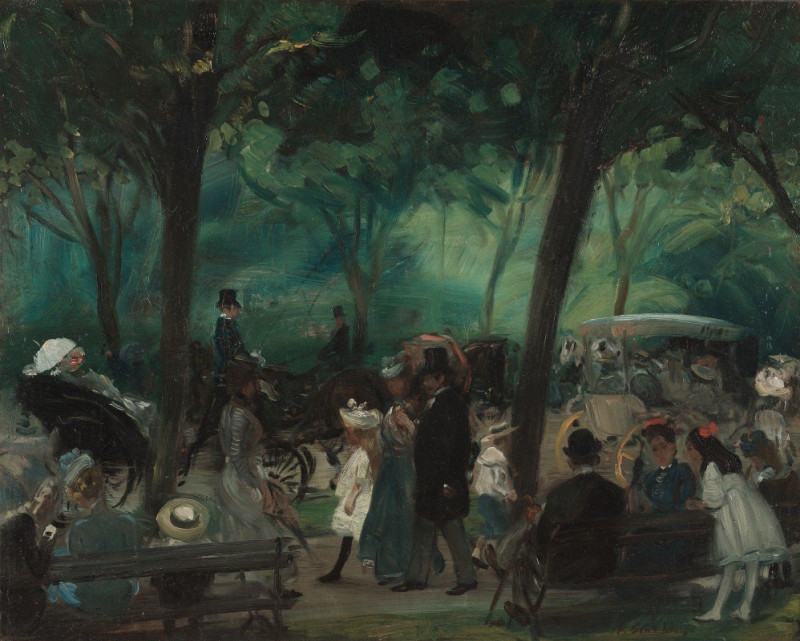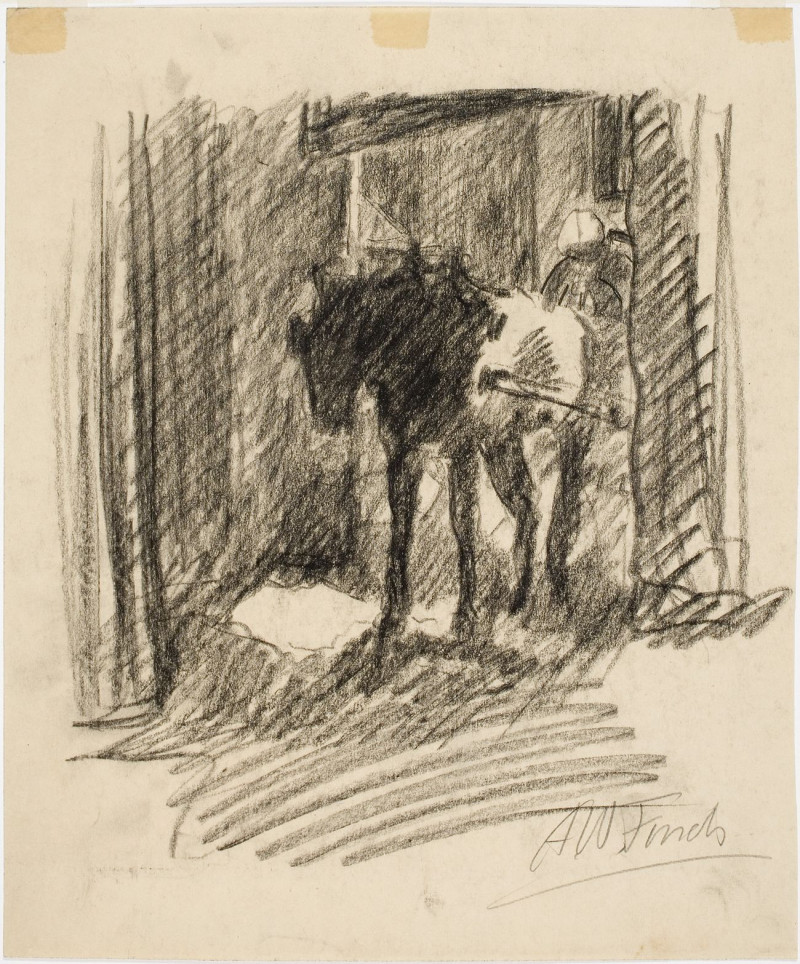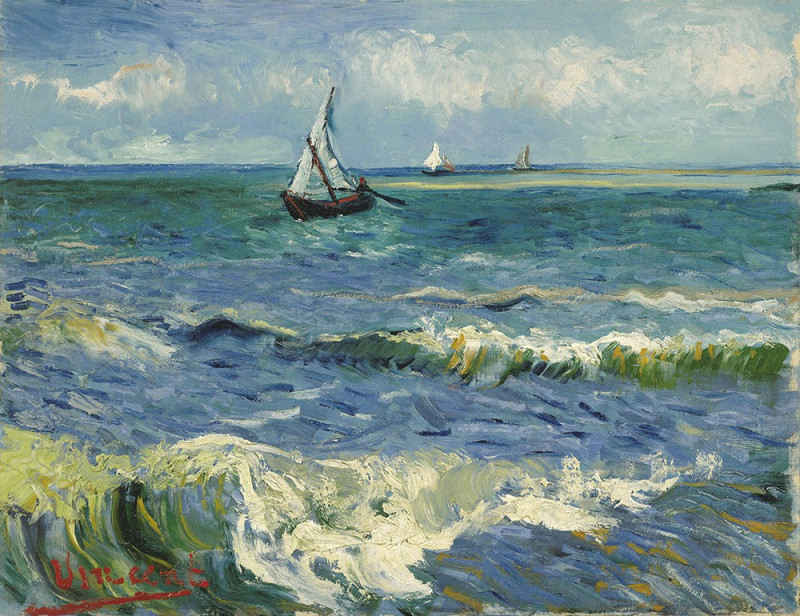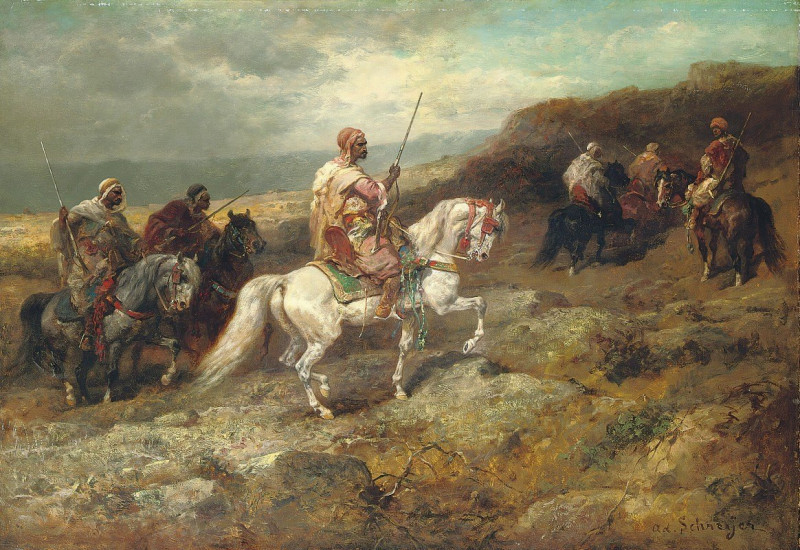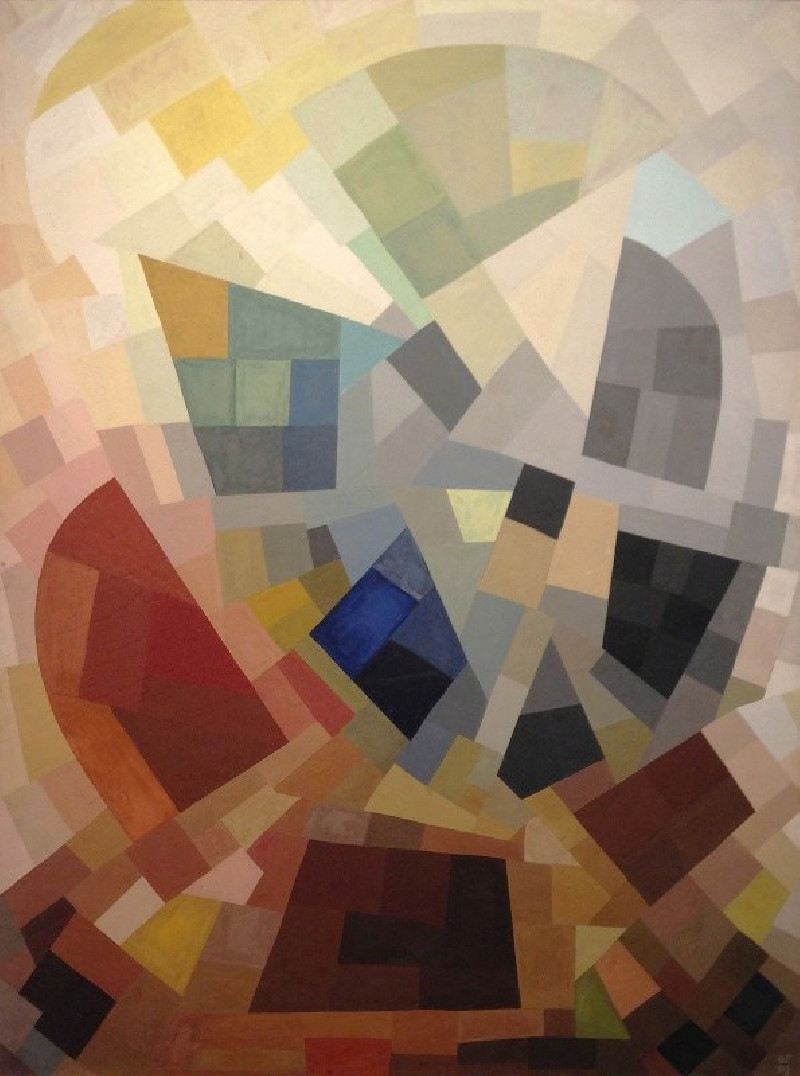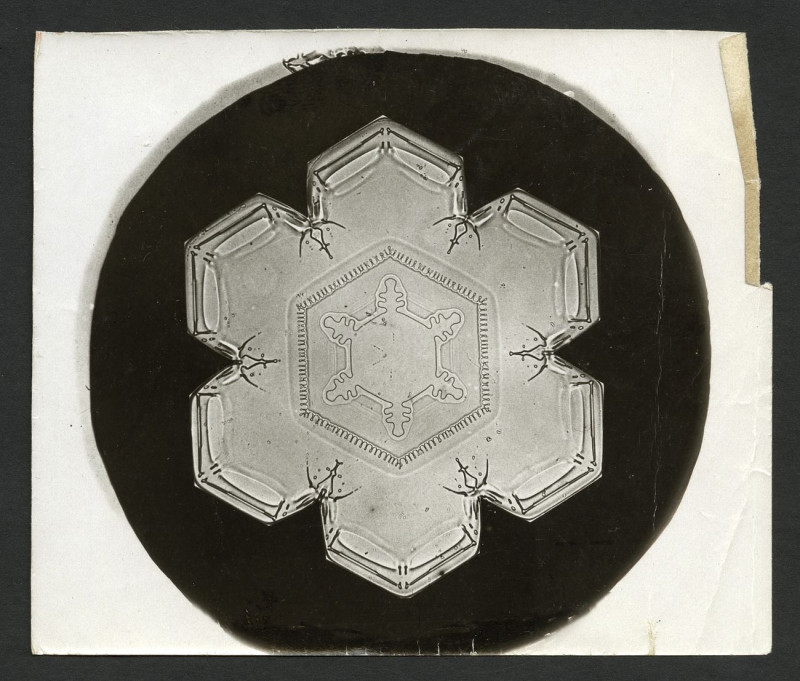Curtain (1924)
Technique: Giclée quality print
Recommended by our customers
More about this artwork
Paul Klee's "Curtain" from 1924 is an exquisite exploration of texture and symbolism, encapsulating the artist’s profound grasp of abstraction and color theory. On display is a mesmerizing composition that divides into bands of rich, muted colors, including deep reds, earthy browns, and dark purples. Within these bands, Klee incorporates a variety of geometric and organic shapes, reminiscent of archaic script and primitive symbols.Across the canvas, a meticulous grid lends a structured backdrop that contrasts strikingly with the playful, almost whimsical motifs that seem to dance over the surface. This grid, subtle yet assertive, mirrors the woven texture of a curtain, suggesting a veil between the observer and the obscured content beyond. Each segment of the painting offers a glimpse into an almost theatrical setting, where the motifs could represent characters or elements of an unseen narrative.The artistry of Klee in "Curtain" calls to the viewer to look deeper, beyond the initial visual impression, and contemplate the underlying themes of concealment and revelation, as well as the interaction between the visible and the invisible. This piece not only showcases Klee’s unique style but also serves as a testament to his ability to invoke introspection and wonder through his art.
Delivery
Returns
Paul Klee was a Swiss-born German artist. His highly individual style was influenced by movements in art that included expressionism, cubism, and surrealism. Klee was a natural draftsman who experimented with and eventually deeply explored color theory, writing about it extensively; his lectures Writings on Form and Design Theory (Schriften zur Form und Gestaltungslehre), published in English as the Paul Klee Notebooks, are held to be as important for modern art as Leonardo da Vinci's A Treatise on Painting for the Renaissance.

